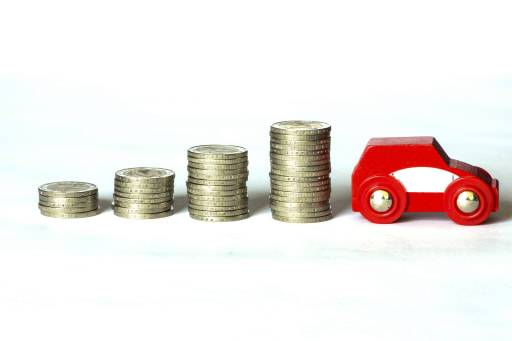How to Use New-Car Incentives, Rebates and Finance Deals

Editor’s note: This article was last updated Sept. 25, 2022. It has been reviewed by Cars.com Senior News Editor Jennifer Harrington and is still accurate.
Car buying can be confusing in the best of times. You have to be even more careful when incentives (whether they are cash-back rebates or reduced finance rates) can obscure how much you’re really paying.
Related: How to Buy a Car, According to Cars.com Experts
If you decide to take the cash on a car, pickup truck, SUV or minivan, the dealer may insist that it’s the best deal you’re going to get, hoping you’ll leave it there and sign up for the dealership’s financing. Remember, though, that rebates are offered by the manufacturer and that money doesn’t come out of the dealer’s pocket, so you may still be able to negotiate a better deal.
Experts advise setting a final price for the car first, then calculating the rebates or loan financing from that point. New-car incentives often make consumers forget about trying to get the best overall price, sometimes helping dealers to sell cars at a higher price than they might have without the incentives. How is that possible? By getting the buyer to focus on the monthly payment and not the overall cost of the car, including interest charges.
Another sticking point about low-interest financing is that you must be approved for them after a credit check. If your credit record is spotty, don’t count on getting those low financing rates. People with a poor credit score generally pay higher rates for financing.
The lowest financing rates may apply only to the shortest loans (generally three or four years). For loans beyond that, finance rates tend to rise. Ask to see if the best rates apply to what you want to buy and what the limits are on any financing deals. It’s also a good idea to get preapproved beforehand for an auto loan rate from a third-party bank or credit union; that way you’ll have a competitive offer in your back pocket in case the dealer’s terms are too high.
For many automakers, incentives are used to persuade shoppers to purchase a slow-selling model or help sell off inventory; if a new car is already a big seller, incentives are harder to find.
If you think you’ve walked away with a good deal on the price, rebate and financing, stay sharp through the financing department. Think carefully before agreeing to high-margin extended-service warranties and credit life insurance offers; they may be unnecessary for you. Some shoppers are looking for more peace of mind; if you’re not one of them, decline those offers.
One approach that’s gained popularity: Market research shows that car buyers often put a big chunk of their rebates into moving into a higher trim level of the car they want or use it on other vehicle upgrades.
Getting your best deal is always a complex dance between the model you want, demand for that vehicle, dealer inventory and the available incentives, including manufacturer-to-dealer incentives.
If you have a vehicle to trade in, conduct that transaction last and don’t talk about it until you’ve settled on a price for the vehicle you want. Otherwise, it helps the dealer determine how much you can afford and whether the trade-in value of the car can be introduced into the equation, which can confuse matters.
More From Cars.com:
Cars.com’s Editorial department is your source for automotive news and reviews. In line with Cars.com’s long-standing ethics policy, editors and reviewers don’t accept gifts or free trips from automakers. The Editorial department is independent of Cars.com’s advertising, sales and sponsored content departments.
Featured stories

15-Year Car Loans Aren’t a Thing, But Americans Are Getting More Comfortable With Long Loan Terms

2025 Kia Telluride Review: Rougher Roads Ahead



